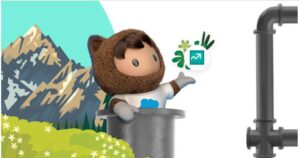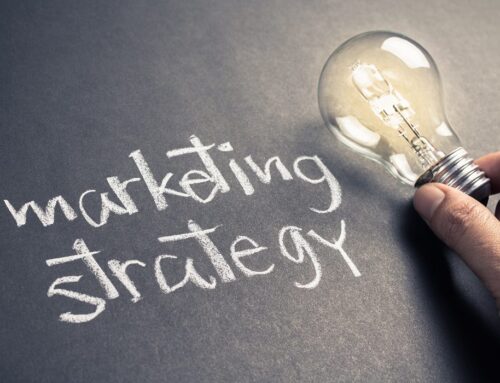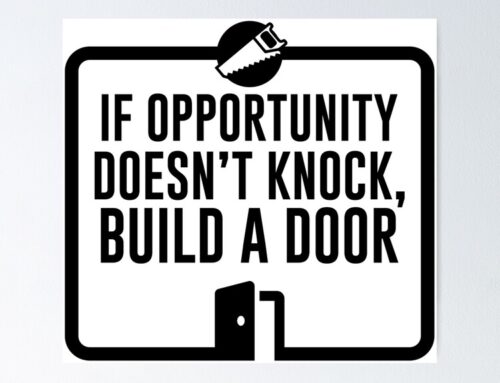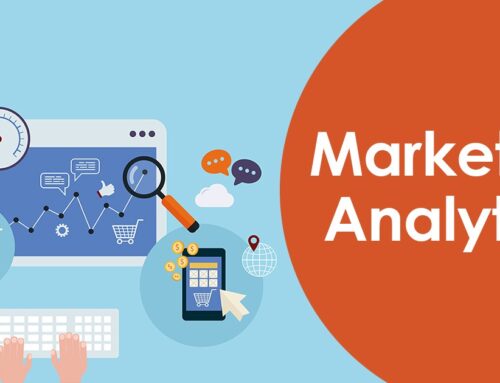Building a Sales Pipeline: From Start to Finish
When people think of a sale, they often think of the close of the sale. But to fully understand selling, you need to look at the entire effort from start to finish with a bird’s eye view. How does a prospect progress through each stage until finally becoming a customer? That’s what a sales pipeline allows you to analyse.
Managing a sales pipeline, however, can be difficult. A study from Harvard Business Review found that 61% of executives think their sales managers are not properly trained in pipeline management. This can spell lost revenue. That’s why we created this resource — a starting point for any manager who needs to fully understand their reps’ pipelines.
What is a sales pipeline?
A sales pipeline is a visual representation of where all of your prospects are in the sales process. This allows you to gauge likely revenue and determine the health of your business. It provides a snapshot of the health of your business. After all, you can’t manage what you don’t measure.
Imagine a pipeline as a free-flowing river. If there are problems upstream, there will eventually be problems downstream. Pipeline management allows you to catch tiny problems before they become big problems that impact revenue. With it, you can estimate how much your reps might close in a given week, month, or quarter.
A sales pipeline is not to be confused with a sales forecast. Though they draw from similar pools of data, a sales pipeline focuses on the present moment and what reps should be doing right now to close deals while a sales forecast estimates how much revenue a company can hope to bring in if those opportunities are indeed won.
What are the stages of a sales pipeline?
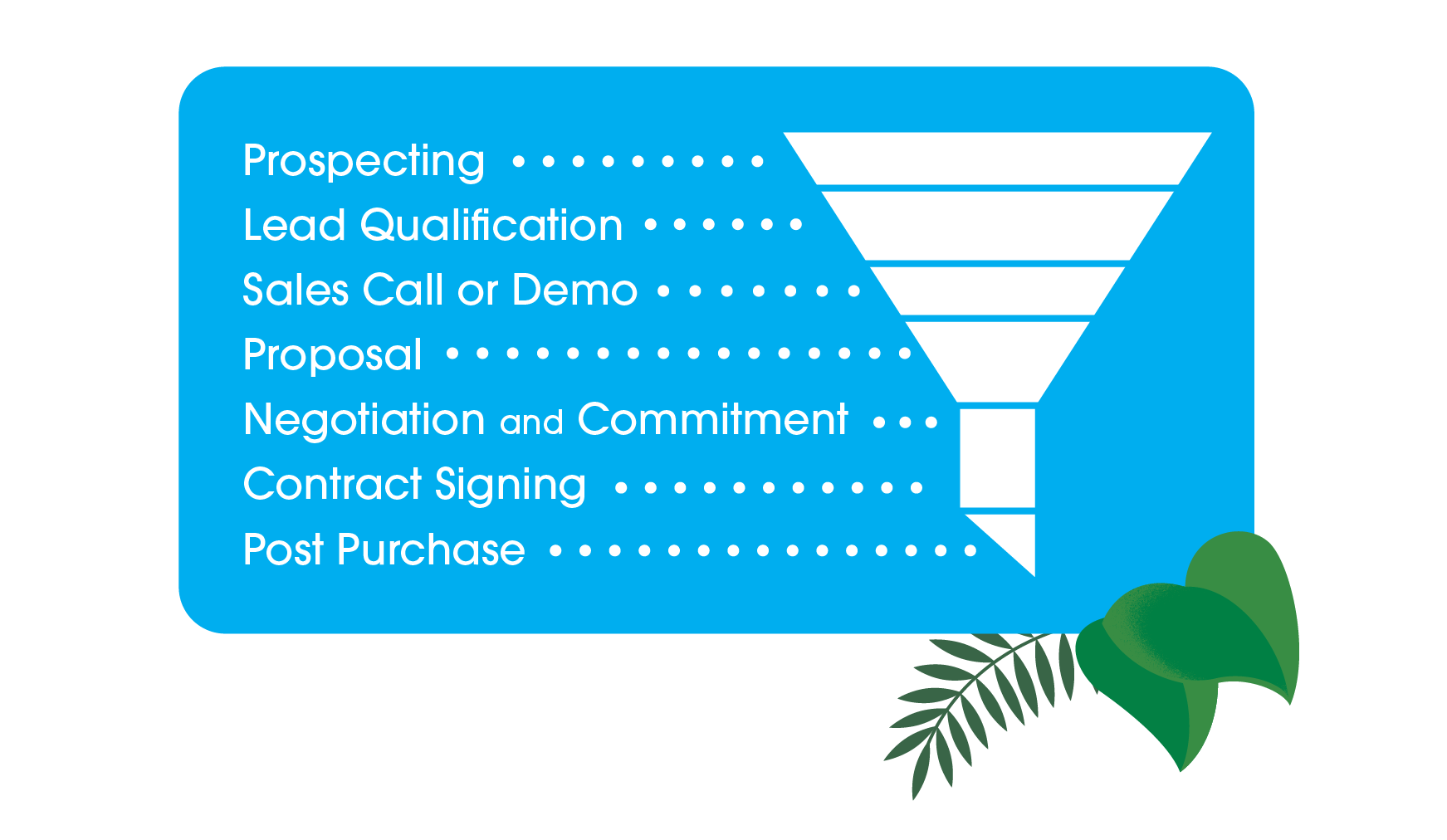
1. Prospecting
2. Lead qualification
3. Sales call, demo, or meeting
4. Proposal
5. Negotiation and commitment
6. Contract signing
7. Post-purchase
“Instead of viewing prospects as transactional customers that you sell to once, you view them as partners in a long-term selling relationship.”
How do you build a healthy sales pipeline?
Lead Source
Industry
Decision makers involved
Deal size
Probability to close
Even if your sales team has hundreds of high-value leads in the pipeline, salespeople may not be successful in winning a majority of those opportunities. Estimate how likely each lead is to convert into a customer based on your team’s conversations with them, their current stage in the sales pipeline, and other criteria that signal their eagerness to strike a deal.
Design your sales pipeline to be flexible to accommodate different analyses and queries. Also, rework your template as needed to help surface data anomalies so you can either fix broken aspects of your sales funnel or exploit opportunities that can accelerate your sales.
Use sales management software such as a CRM platform to automate reporting and connect even more of the dots between each salesperson’s activity and overall performance. Teams armed with the proper sales pipeline and dashboard generally can use the information and insights gleaned to improve their sales, cut costs, and outperform their goals.
In order for a pipeline to be considered healthy, it must flow. Prospects must move from one stage to the next in a determined time frame or be filtered out from the pipeline. Reps can track this flow in a CRM; regular pipeline reviews ensure you have consistent and reliable data about each opportunity. Reps can build a healthy pipeline by consistently bringing in fresh leads, qualifying those leads, nurturing leads to generate interest in your products, and, ultimately, closing sales.
The most important parts of building a pipeline include:
1. Qualifying leads
2. Nurturing leads
3. Converting prospects into customers
How do you evaluate a sales pipeline?
Now that you know how to make a healthy pipeline, how do you check to see if you’re doing it right? A good pipeline will have high sales velocity, a short sales cycle length, and a high conversion rate. How can you get a handle on these metrics? Well, keep reading because data points like these can paint a clear picture of where your pipeline is at.
A pipeline needs accurate data on prospects in order to be meaningful. This data can change minute to minute, which is why it demands constant monitoring. By tossing dirty data and adding updates whenever a new lead comes in or a prospect progresses to another stage, you’ll keep your pipeline well-oiled. At Salesforce, we use dashboards in Sales Cloud to visualise the pipeline and see which stage deals are in.

To keep your data clean and deals moving forward, you can set up trackable metrics and prospect details in your CRM and review them regularly. Each sales executive should customise pipeline metrics to meet their own aims, but here are a few of the basics that are usually included. Monitoring these numbers will tell you a lot about the state of your pipeline and help you catch potential problems early.
- Lead source: How did prospects find out about your product? Was it through an email campaign, a print promotion, digital marketing, and so on? Once you start paying attention to these sources, you might discover that some have a higher conversion rate than others. A referral might be more likely to buy than someone who stumbled across an online ad, for example.
- Industry: Buyers from a wide range of industries might be interested in your product, but is it a bit more popular in certain industries? Tracking this metric will help suss that out.
- Deal size: The budget of every prospect will be different. Some might be ready to drop six figures, while others won’t be able to afford your product at all. Keep this in mind when you’re personalising and prioritising pitches.
- Decision makers: Do you have a direct line to the folks who will ultimately call the shots? Are you talking to the VP of sales or the VP of sales operations? If not, how can you connect with the decision maker?
- Conversion rate: Not every qualified lead turns into a customer. To accurately forecast, you need to know what percentage of opportunities end up progressing from stage to stage. If you’re trying to close 500 deals by the end of the quarter, and your conversion rate is 10%, that means you need to have 5,000 opportunities in your pipeline to meet that goal.
- Sales velocity: How much revenue does your team generate each day? Sales velocity helps you measure this by examining the speed at which a deal moves through your pipeline. A low velocity indicates pipeline bottlenecks. It also indicates whether you should reevaluate that prospect — either spending more energy on moving them along or cutting them altogether.
- Sales pipeline value: Tally up the dollar value of every deal in your pipeline. This number helps you determine the return on investment of your team’s efforts.
- Sales cycle length: How much time passes between a rep qualifying a lead and then closing that deal? This allows you to estimate how many opportunities might close in a given time period. It’s also a good measuring stick for the progress of a deal, if the rep knows the average sales cycle length.
“When you have a company culture that focuses on your employees, you will not only improve overall productivity but also deliver business growth, now and in the future.”
How do you work with reps to improve the sales pipeline?
Your CRM should be your best friend when it comes to measuring and managing your sales pipeline, but don’t underestimate the importance of frequent communication with your reps. While maintaining clean data in your CRM is critical to a healthy sales pipeline, pipeline reviews are just as important.
Regular pipeline reviews, when managers and reps discuss the status of pending deals one-on-one, are usually a source of dread. But sales teams should instead see reviews as an opportunity to realign goals (if necessary) and get additional coaching. When properly done, pipeline meetings can accomplish several things:
- Create a system of accountability for both sales reps and sales managers
- Establish action items and deal priorities with a specific timeline
- Confirm the exit criteria for every pipeline stage
Most importantly, managers have to practice empathy and patience in order to build trust with reps. This allows reps to better learn from mistakes, improves morale, and ultimately boosts productivity.
“To create a positive, collaborative and proactive sales culture, you need to put people first. We invest heavily in our ‘hoolahgans’, as we lovingly call our staff, to make sure they have all the necessary tools, training and support,” says Jolyn Tay, VP, Commercial, hoolah. “Our strength as a company is driven by the passion, energy and determination of our people – we call this hoolah hooping.”
What’s next?

206-391-5682
i2i@i2idirectmarketing.com
www.i2idirectmarketing.com
“…all deliveries GPS tracked…”

